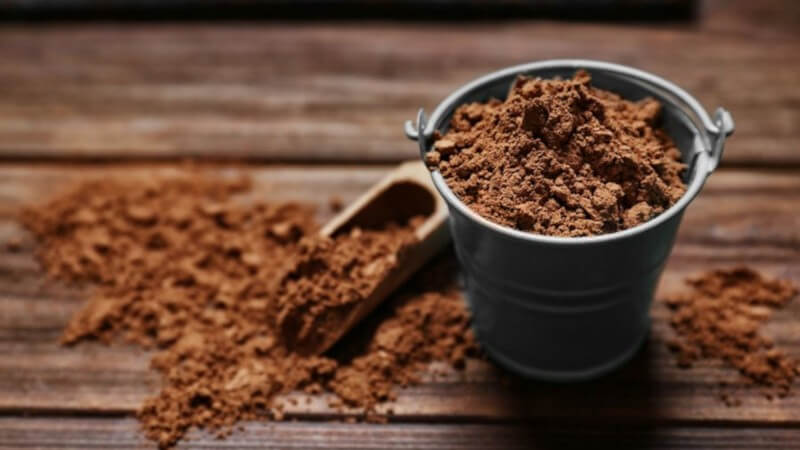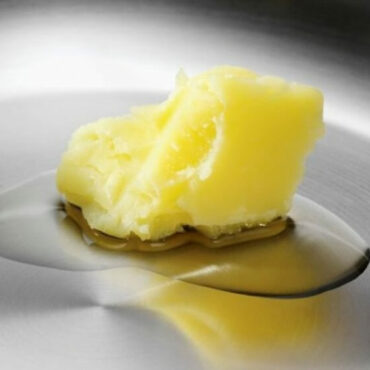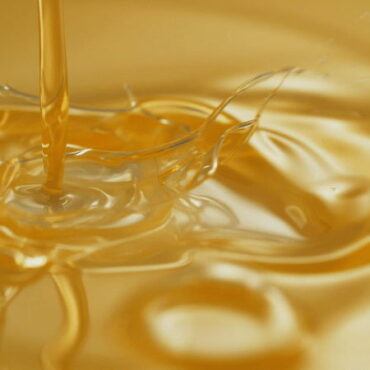Blood meal is considered a valuable feed and a rich source of key amino acids and other elements. Fish blood meal provides a cheap and effective substitute for similar products in fish diets, having no adverse effect on growth or health.
If you’d like to learn more, check out this quick guide.
What Is Fish Feed Made Of?
Modern fish feeds are made by grinding and mixing together multiple ingredients, mainly fishmeal and fish oil. But the product called fish blood meal is a sustainable alternative with a rich profile.
Blood is one of the most valuable byproducts in the meatpacking industry. So, let’s talk about how to make blood meal for fish.
Technical blood is obtained at the end of the meat production cycle after collecting all products viable for human consumption. Blood meal is derived from all kinds of slaughtered animals, except for sick ones. With the required supervision for processing such biomaterials, blood is dried up and made into a powder.
Unlike meat, bone, and other parts of the animal, blood meal contains substantial amounts of protein (more than 80%). Therefore, it is mainly fed to fish during their growth period. Moreover, blood is rich in organic nutrients, minerals, enzymes and lipids, all beneficial for digestion.
What Types of Industries Use Blood Meal?
The main areas where meat byproducts can be possibly used are food and feed, medical and technical industries. In terms of blood meal, we’ll be mainly focusing on its use as a feed production ingredient.
Moderate inclusion of a mixture of proteins in feeding can have positive effects on both the economic and the nutritional value of the feed. We can analyse blood meal for fish feed from the perspective of its nutritional composition:
- Gross energy – 5750 kcal/kg
- Crude protein – 94.1% DM (dry matter)
- Iron – 2202 mg/kg
- Zinc – 24 mg/kg
- Vitamin B12 – 6.54 µg/kg
- Choline – 735 mg/kg
The reaction of different fish species to blood meal being included in the feed can be different. But in general, due to the composition of essential amino acids and a high concentration of iron and zinc, blood meal in fish feed should be below 20% of the total feed mass.
There are also compelling arguments for using fish blood and bone meal as fertilisers. Meat water and blood from meat is an excellent iron and magnesium fertiliser that is easily absorbed by plants.
Blood meal can be applied to the most valuable plants. Fertilisation is usually conducted in the spring, in cases of large scale crops – winter rye, wheat, rapeseed. The results are observable most vividly on light soils.
Before application, the blood meal is usually mixed with dry soil and scattered over the field. And to take full advantage of its potential, the soil must have sufficient amounts of other nutrients (phosphorus, potassium, etc.). Alternatively, they must be added at the same time as the blood meal. About 90% of nitrogen fertiliser decomposes in the first year.
How Is Blood Meal for Fish Feed Transported?
Fish blood meal is a very easy product to transport – it doesn’t spoil and can last almost forever. This makes it a perfect shipping product – no special transportation mechanisms or storage methods required.
There are mainly two ways to deliver bulk orders (dozens of tons) – water and land. Large container ships and other ocean-going cargo vessels are often used to transport goods internationally. The cargo ship itself will usually be designed for rapid loading and unloading and serviced by developed infrastructure.
With shorter distances, road trucks make for efficient deliveries. This method is known for flexible routing and cargo tracking with data coming from advanced GPS navigation systems.
The very low moisture content practically eliminates the possibility of microbiological spoilage during transportation. The exception is mould growth that may occur if water is present in the container. Good manufacturing practice and good housekeeping should reduce any form of microbial deterioration.




